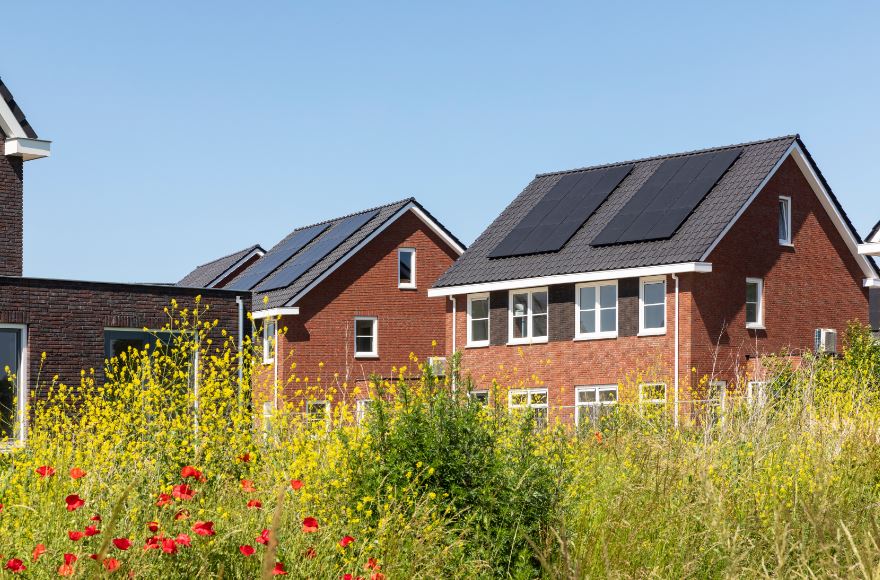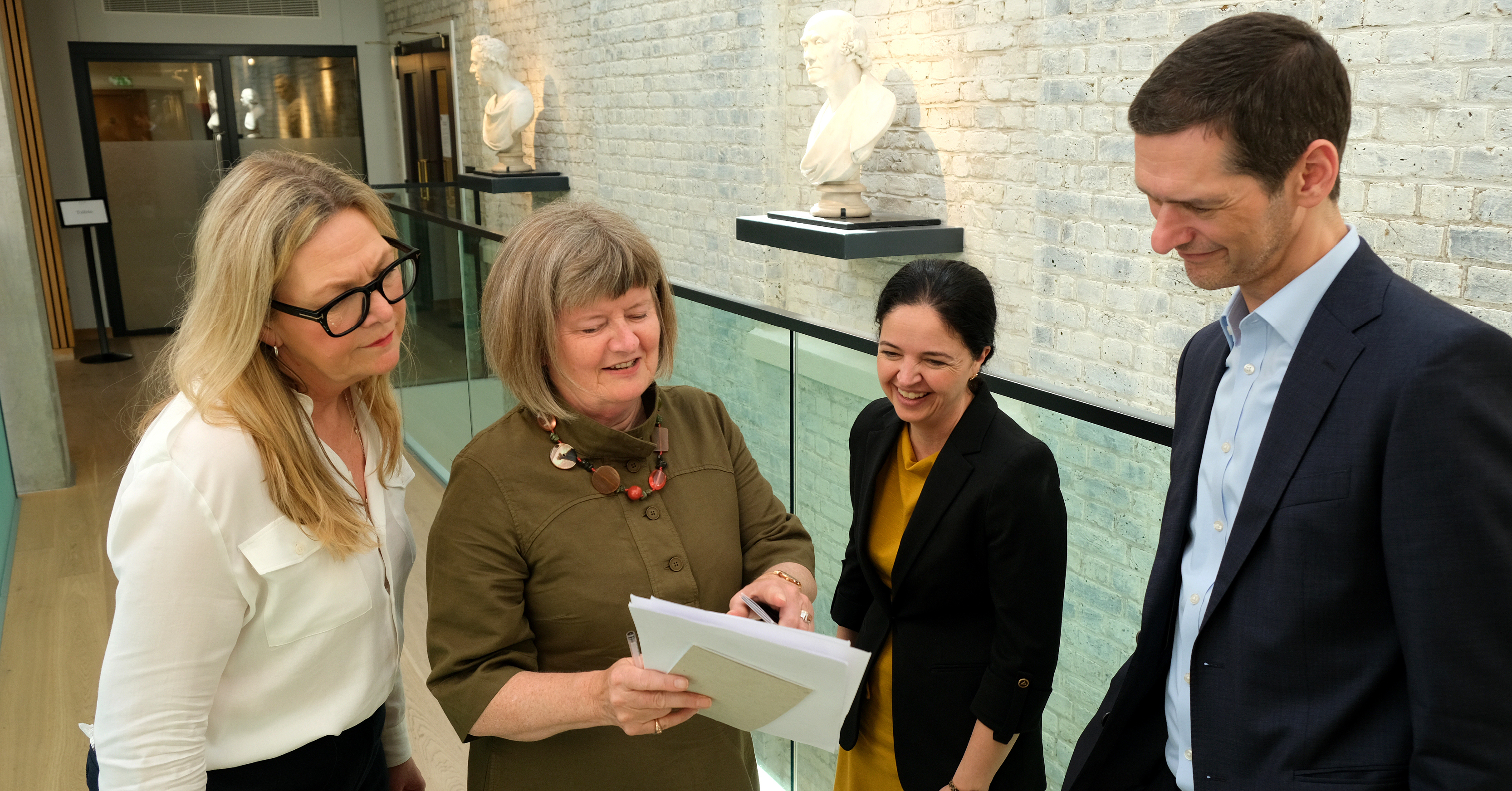BRE contributes to report exploring poor housing in Ireland
Housing Conditions and Integrated Care of Older People explores the links between housing conditions and the health of older people in South Dublin. This research aims to inform housing providers such as local authorities, policy makers, and healthcare providers about key aspects of healthy homes and most common housing hazard types experienced by older people.
To help conduct the study, BRE joined a research team consisting of TrinityHaus (TCD), Tallaght University Hospital (TUH) and Age Friendly Ireland (AFI), working with a range of partners including The Housing Agency, Age Action, South Dublin County Council (SDCC), Meath County Council (MCC) and the Centre for Excellence in Universal Design at the National Disability Authority (CEUD; NDA).
BRE specialists were invited to contribute to this new report, following our work on the 2020 report, “The Cost of Poor Housing in Ireland,” by Simon Nicol, Justine Piddington and Helen Garrett of BRE’s Housing Data & Insights team. Our 2020 report extrapolated data from the 2016 Irish national census, and the 2016 Northern Ireland House Condition Survey to found that about 160,000 (8%) of Irish homes are likely to present a serious health and safety risk to occupants, costing £1.25 billion Euros a year (at 2016 prices) if left unmitigated.
In preparation for this new report, interviews were conducted with housing and healthcare experts and other industry representatives to identify key issues surrounding the supporting older people in the community. Patients of the integrated care programme for older people were visited in their home as part of the research and two focus groups/stakeholder workshops were scheduled, with participants tasked with completing daily diary entries, aiming to inform housing providers and policymakers of the key components of healthy homes.
Along with the inclusion of BRE’s 2020 Ireland research, BRE’s Simon Nicol, Technical Director for National Housing Surveys, Housing Data & Insights, had the role of surveying a sample of older people’s homes in which the local health authority had installed disabled facilities to enable the residents to continue living at home, using the English Housing Survey methodology for these inspections.
The Housing Health and Safety Rating System (HHSRS) was used to identify housing hazards that might affect older people in typical dwellings in Ireland. Hazards identified by the HHSRS methodology include the impacts of excessive cold and home accidents – in particular the risk from falls.
One of the report’s key recommendations includes making HHSRS methodology part of a future Irish national housing survey, as well as considering ways the HHSRS could account for emerging challenges such as under-occupation or impacts of climate change. The report also highlights the urgent need for better housing data and a centralised data platforms.
Browse more from our latest news:

BRE joins new projects funded by Innovate UK’s Net Zero Heat programme

BRE’s response to proposals for domestic Energy Performance Certificates.

How is Longevity Partners using BRE Academy training to create opportunities for business growth?

BREEAM podcast to explore sustainability solutions and trends with industry leaders

Retail Market Breakdown: Sustainability Trends and Outlook

Opportunities and challenges for sustainable industrial assets


